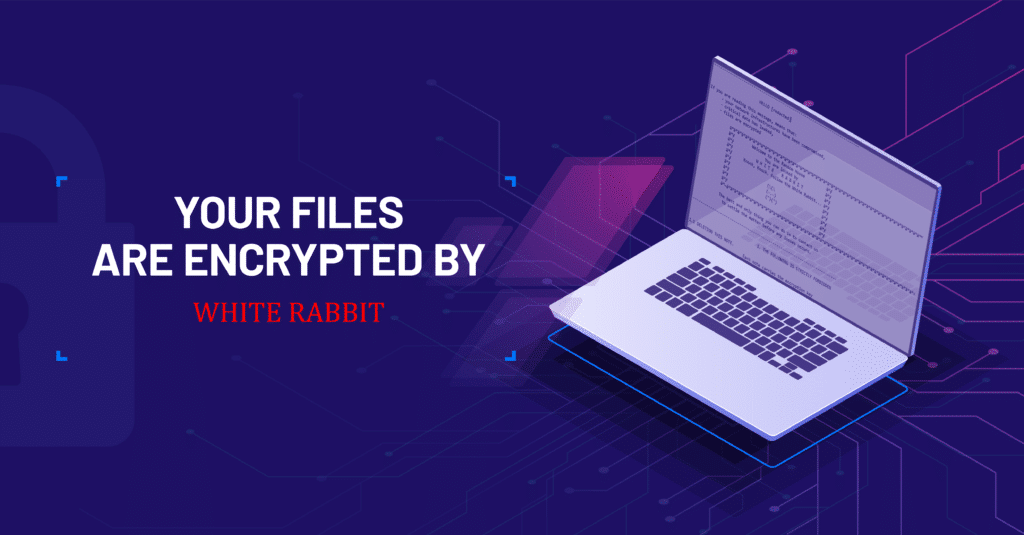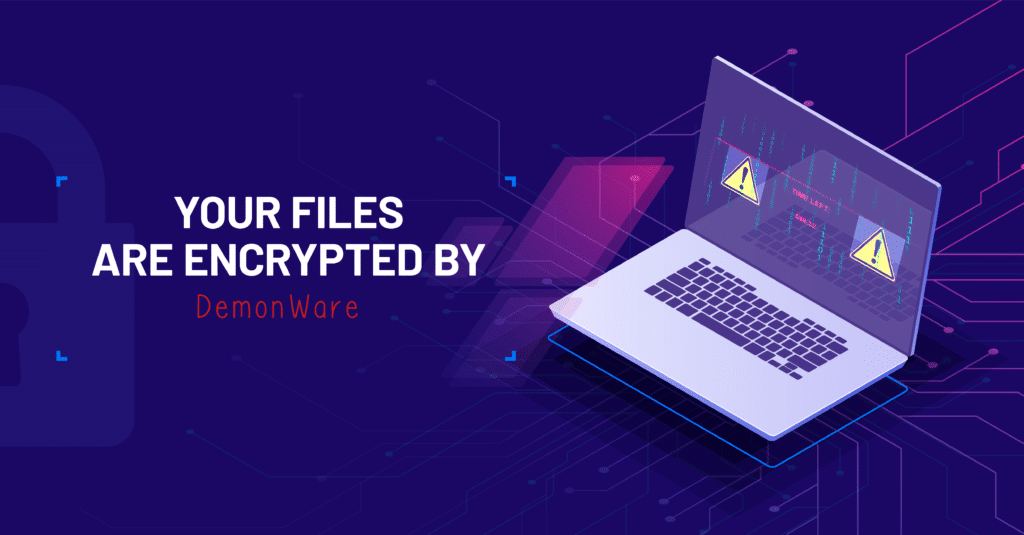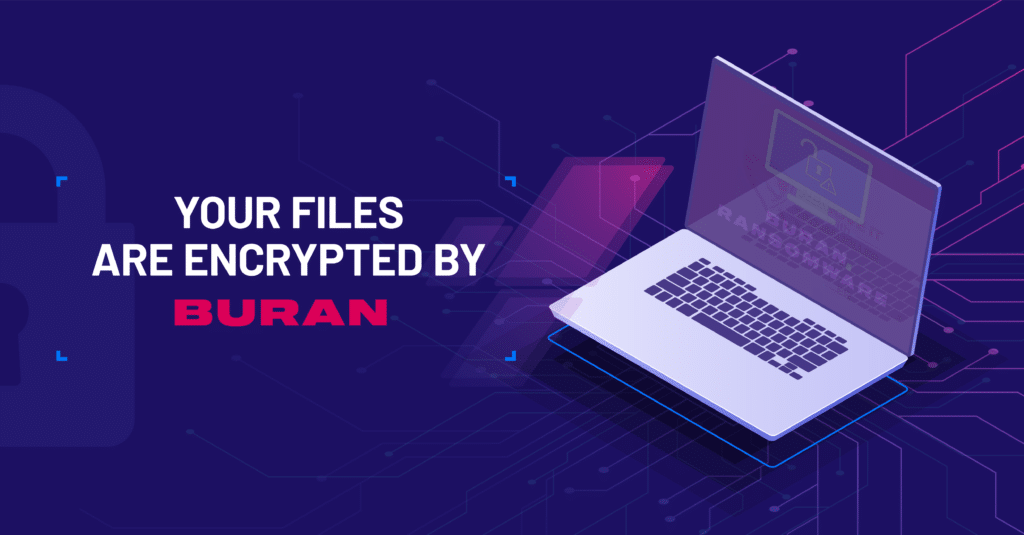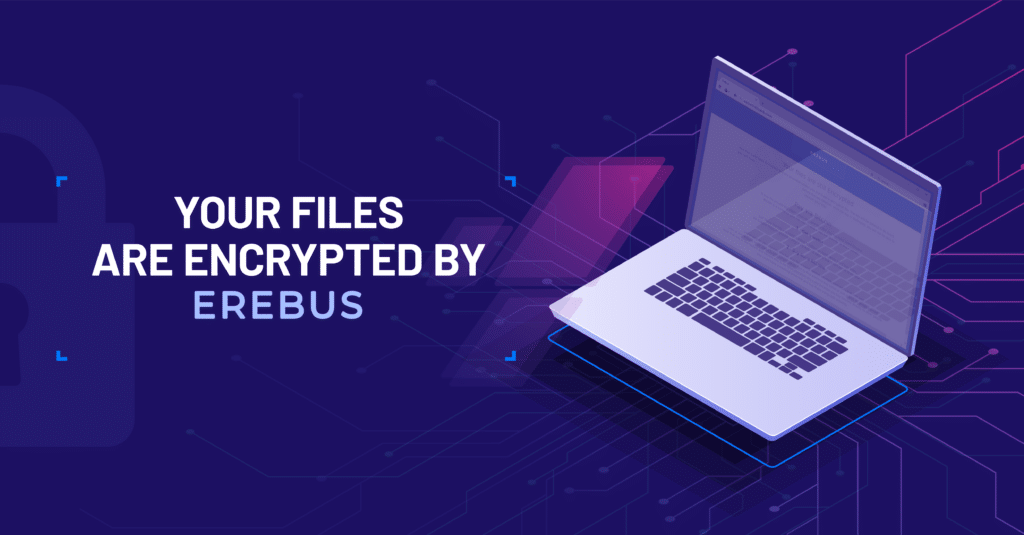
Ransomware Magniber
Magniber ransomware hits computers in a different way than other ransomware that uses spam links, malicious websites, rogue programs and more. Magniber attacks directly through fake Google Chrome and Microsoft Edge updates. Upon entering a website, a pop-up will appear saying that your browser is outdated and giving you the option to click and download the update. After the









